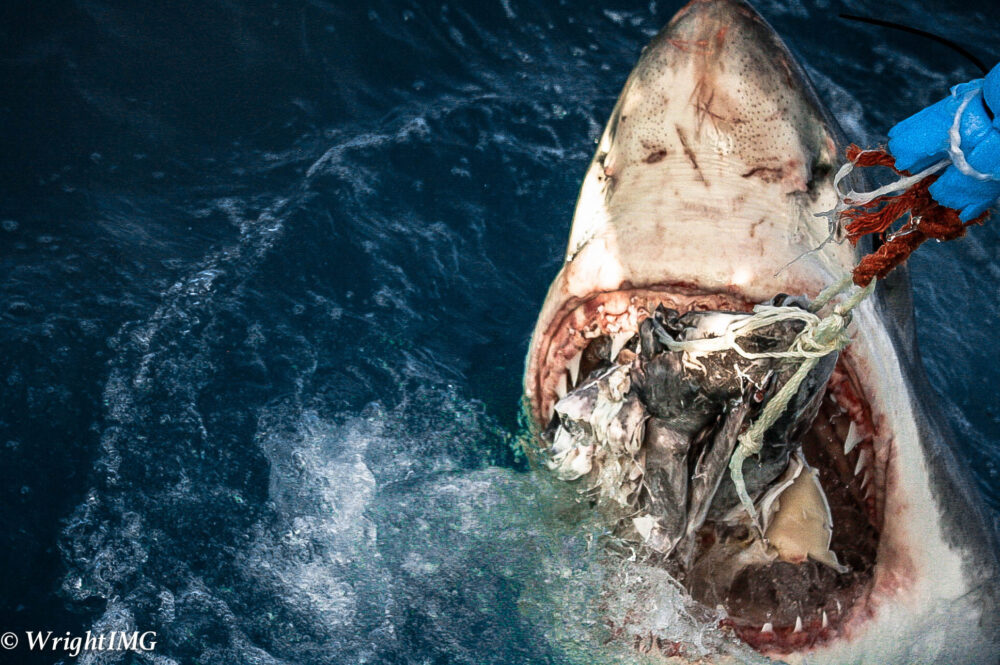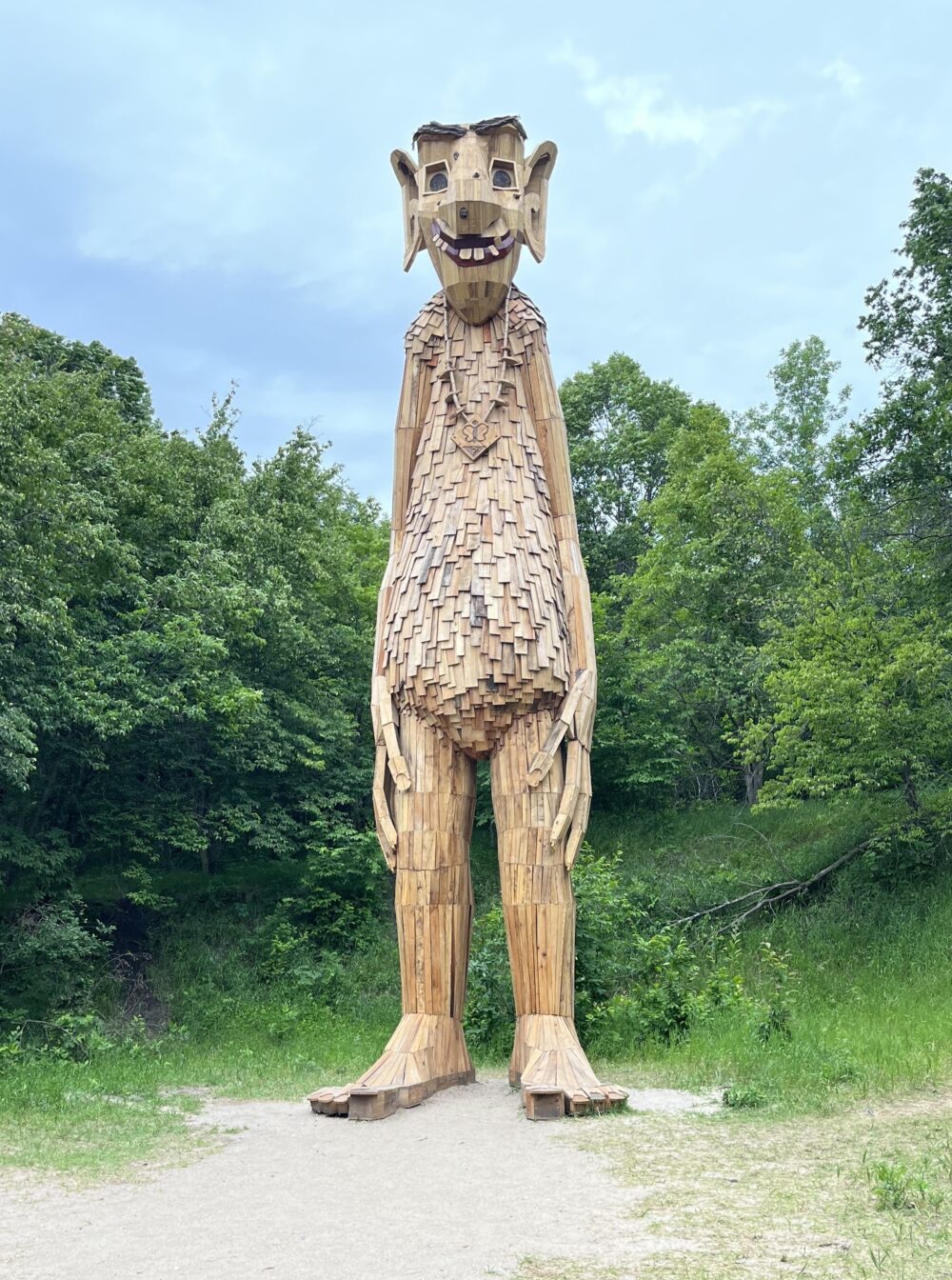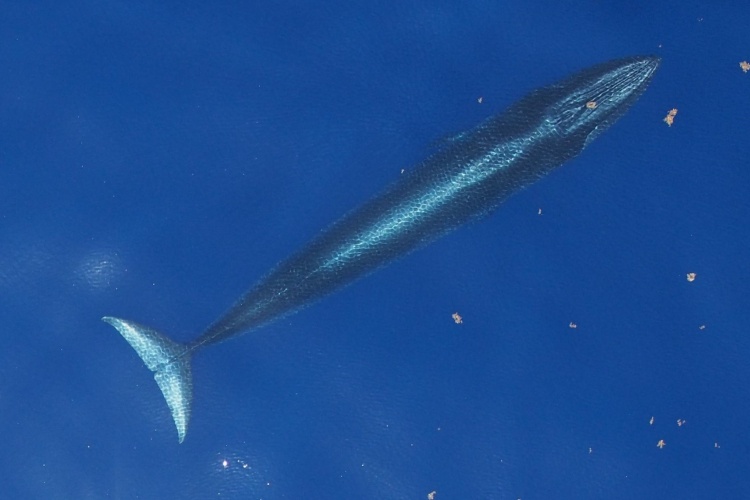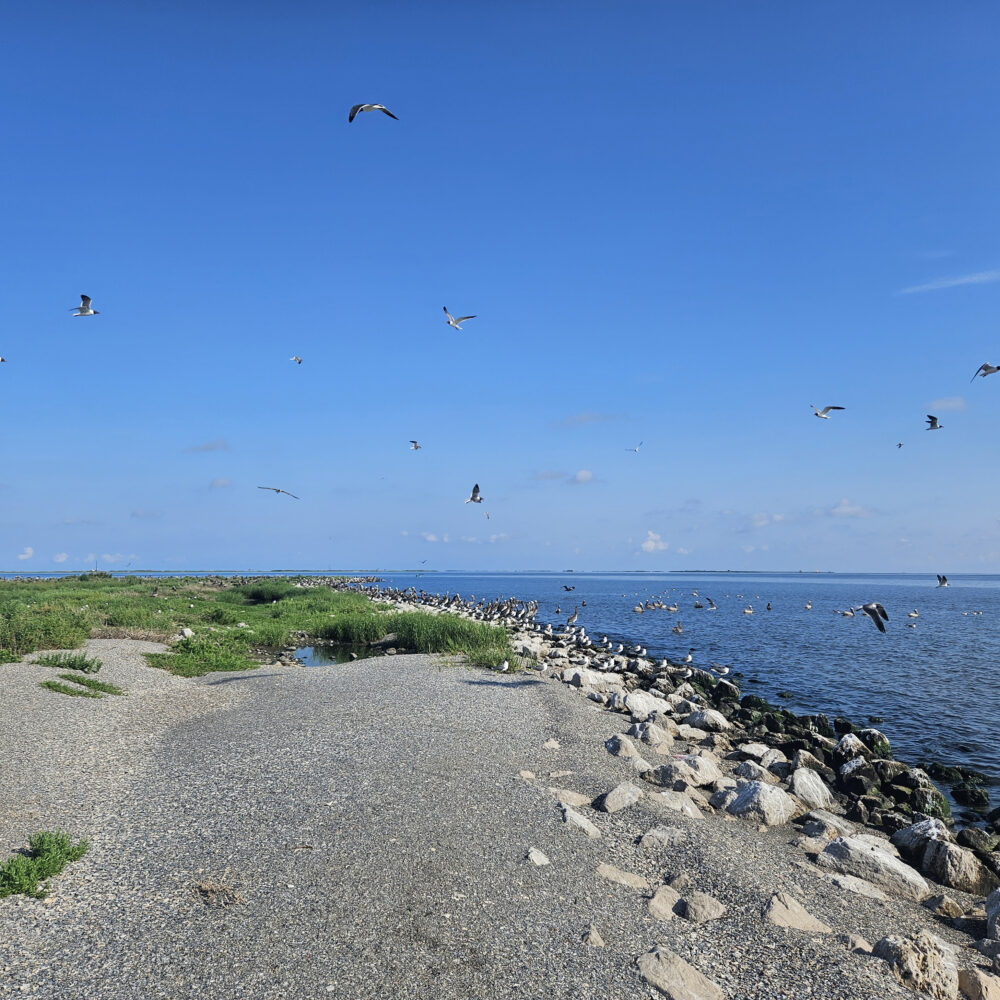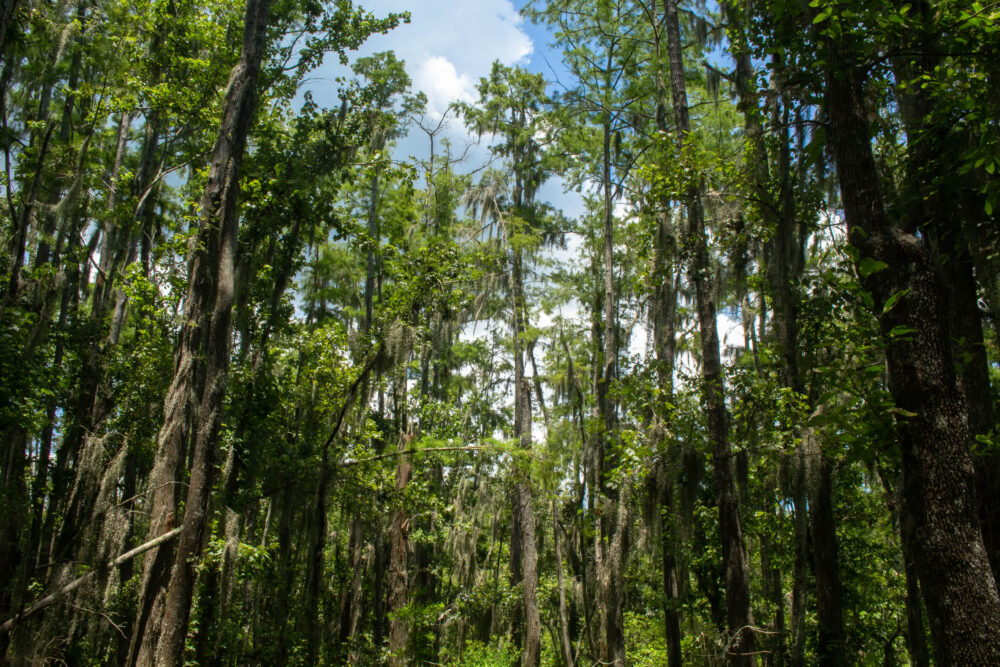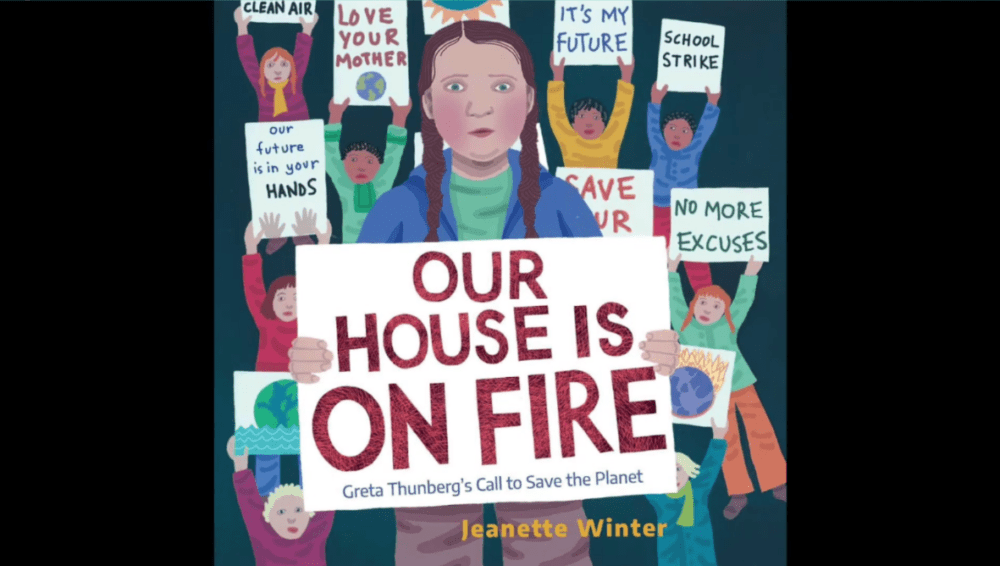We have much more to do and your continued support is needed now more than ever.
Grizzly Bears: Two Truths and a Myth
How much do you know about grizzly bears? Test your knowledge! Below are two truths and one myth about grizzly bears, and it’s up to you to guess which one is the myth. Answers below the photo!
Which one of these three is a myth?
- Grizzly bears and brown bears are different species.
- Grizzly bears are omnivores, and a majority of their diet consists of plants and insects.
- Part of their scientific name is formed by the Latin root of the English word “horrible”.
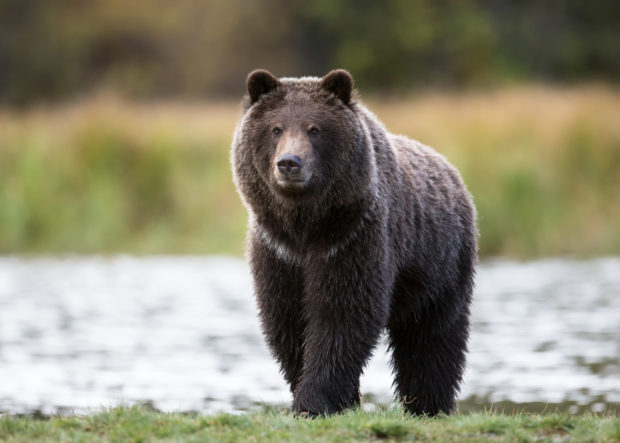
1. MYTH: Grizzly bears and brown bears are different species.
In fact, grizzly bear and brown bear are interchangeable names for the same species, ursos arctos, but are different subspecies. Many people in North America use the common name “grizzly bear” to refer to the smaller and lighter-colored bear that occurs in interior areas, and the term “brown bear” to refer to the larger and typically darker-colored bear in coastal areas. The “grizzly” name probably came about because the bear’s brown fur can be tipped with white. This gives them a “grizzled” look, especially when backlit by the sun.
2. TRUTH: Grizzly bears are omnivores, and a majority of their diet consists of plants and insects.
Grizzlies in the greater Yellowstone Ecosystem have been known to consume more than 250 species of plants including berries and roots, along with invertebrates, mammals, fish and fungi. Unfortunately, they also will eat human food and garbage and have a great sense of smell, detecting food from miles away!
3. TRUTH: Part of their scientific name is formed by the Latin root of the English word “horrible.”
The grizzly’s scientific name is Ursus arctos. One subspecies, the mainland grizzly, has the full scientific name of Ursus arctos horribilis. Though horribilis is the root of “horrible,” its meaning is thought to be closer to “dreadful,” as in you would be full of dread if you found yourself face to face with a grizzly bear. If you ever do find yourself in the company of a grizzly, rest assure that they can be safely evaded. Despite their scary appearance, grizzly bears are actually very social animals, exhibiting close friendship and social hierarchies.
Try another!
Which of these three is a myth?
- About 1,500 bears remain in the U.S. south of Canada, and about 31,000 in Alaska.
- The species can still be found in about half its of its original habitat in the U.S.
- Grizzlies are listed as threatened by the U.S. Fish and Wildlife Service in the lower-48 states.
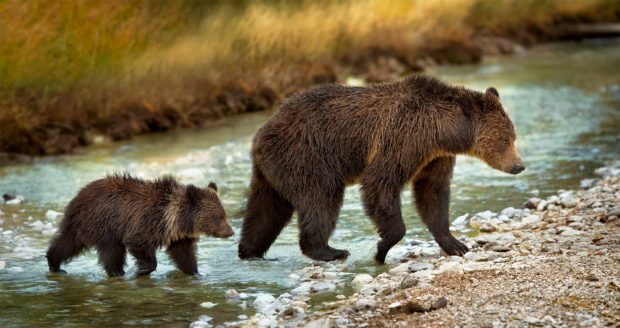
A large population of grizzly bears lives inland in Alaska and northern Canada. The southern populations in Canada’s British Columbia and Alberta are greatly reduced. Thanks to conservation efforts since about 1975, grizzly bears are recovering in Yellowstone and elsewhere in the northern Rockies and are even beginning to recolonize prairie habitats along the Rocky Mountain Front in Montana.
2. TRUTH: The species can still be found in about half of its original range.
Taking into account Alaska and Canada, fortunately they still inhabit about half of their original range. However, grizzly bears once roamed throughout the entire western U.S. south into Mexico and along rivers in desert habitats. Widespread persecution of grizzlies and habitat loss extirpated them from 98% of their original habitat in the lower 48 states.
3. MYTH: Grizzlies are listed as threatened by the U.S. Fish and Wildlife Service throughout their range.
According to the U.S. Fish and Wildlife Service, the populations living in the lower 48 states of the United States are listed as threatened, with the majority inhabiting Idaho, Montana, Washington, and Wyoming, save for a few experimental populations. The population of grizzly bears in Alaska is not currently listed, with a population of around 31,000.
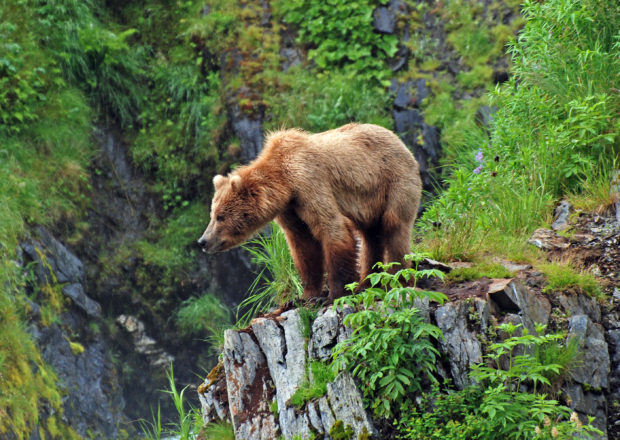
Grizzly bears often wander outside of park boundaries onto public lands where livestock graze, and are at risk of being killed due to conflicts with cattle and domestic sheep. The Adopt-a-Wildlife-Acre program helps secure expanded habitat for wildlife like grizzly bears by working with ranchers to move their livestock off leased grazing areas on public lands to other areas without conflicts with grizzly bears.
One of the most recent allotments for grizzlies was secured near Jackson, Wyoming, securing the 22,000-acre Upper Gros Ventre grazing allotment on public lands. It will now be an area free of conflicts with livestock, for wildlife such as grizzlies and wolves.
This month only, your donation will be TWICE AS POWERFUL – our Board of Directors and President’s Advisory Council have provided a Matching Gift Challenge for any donations made until December 31, 2015.


